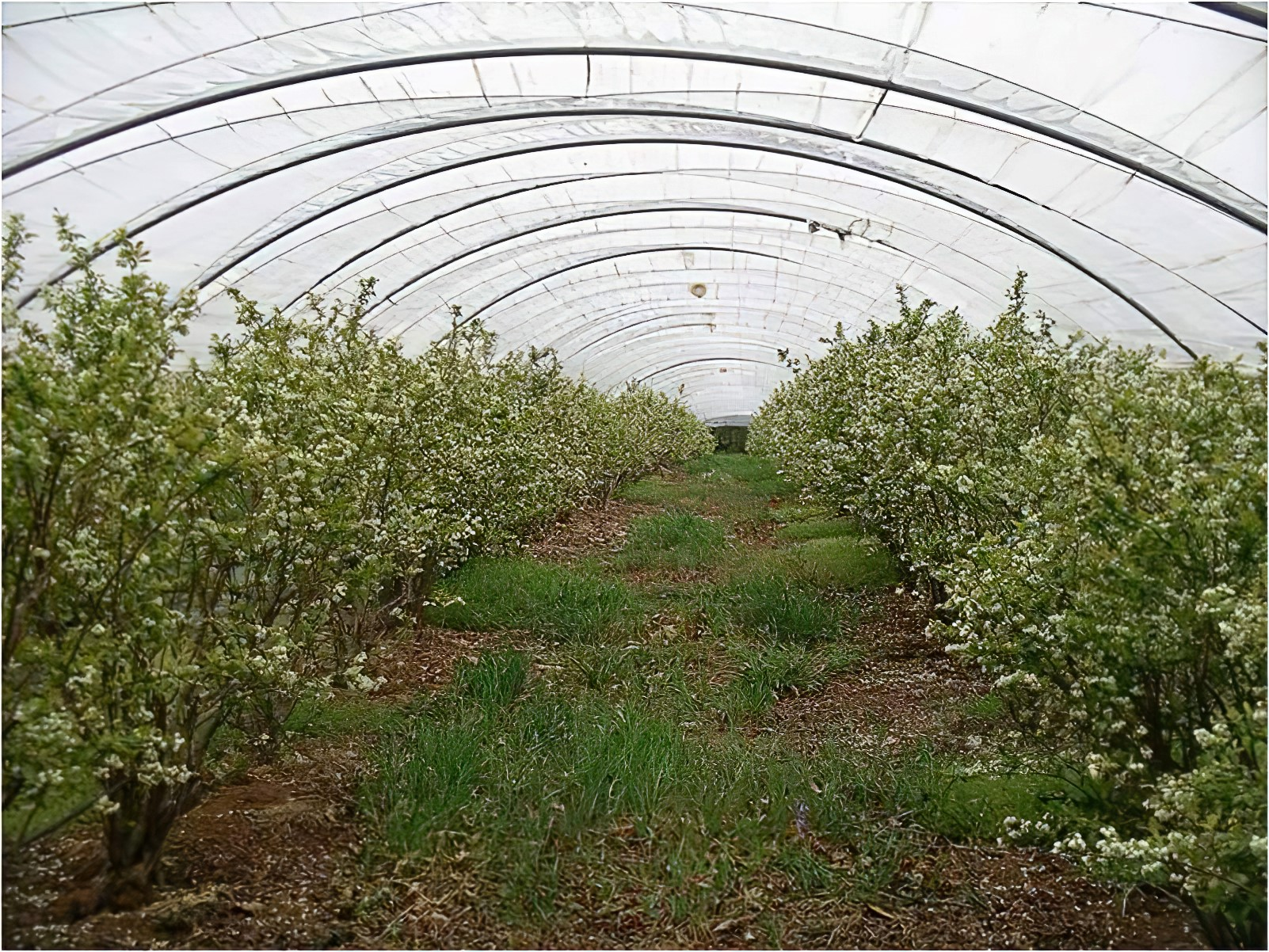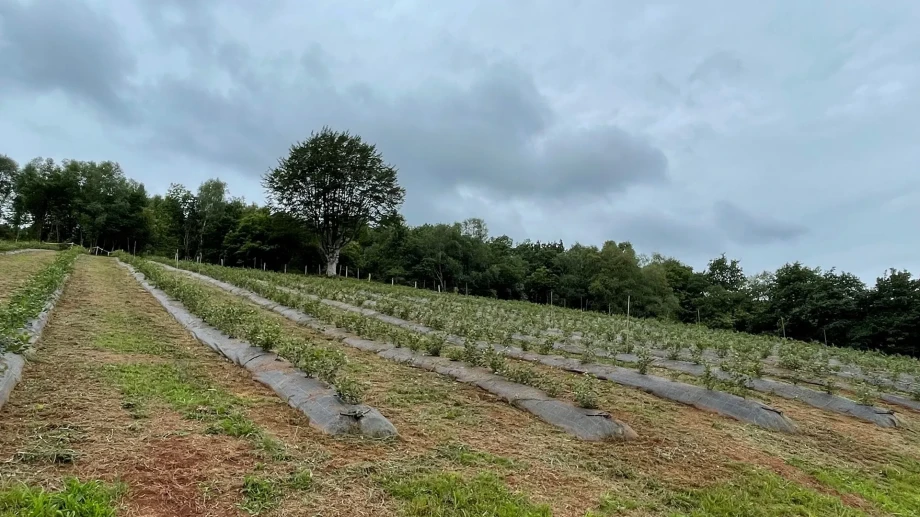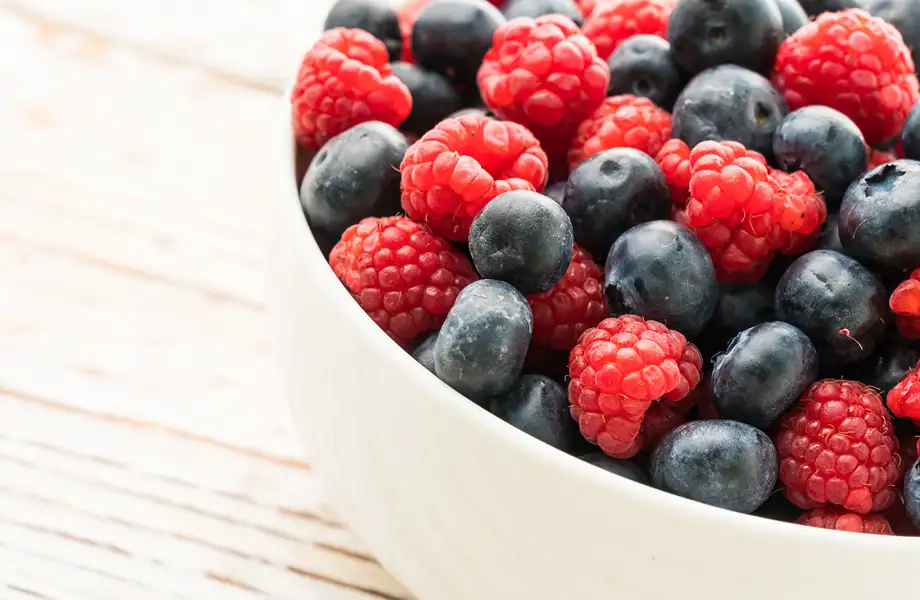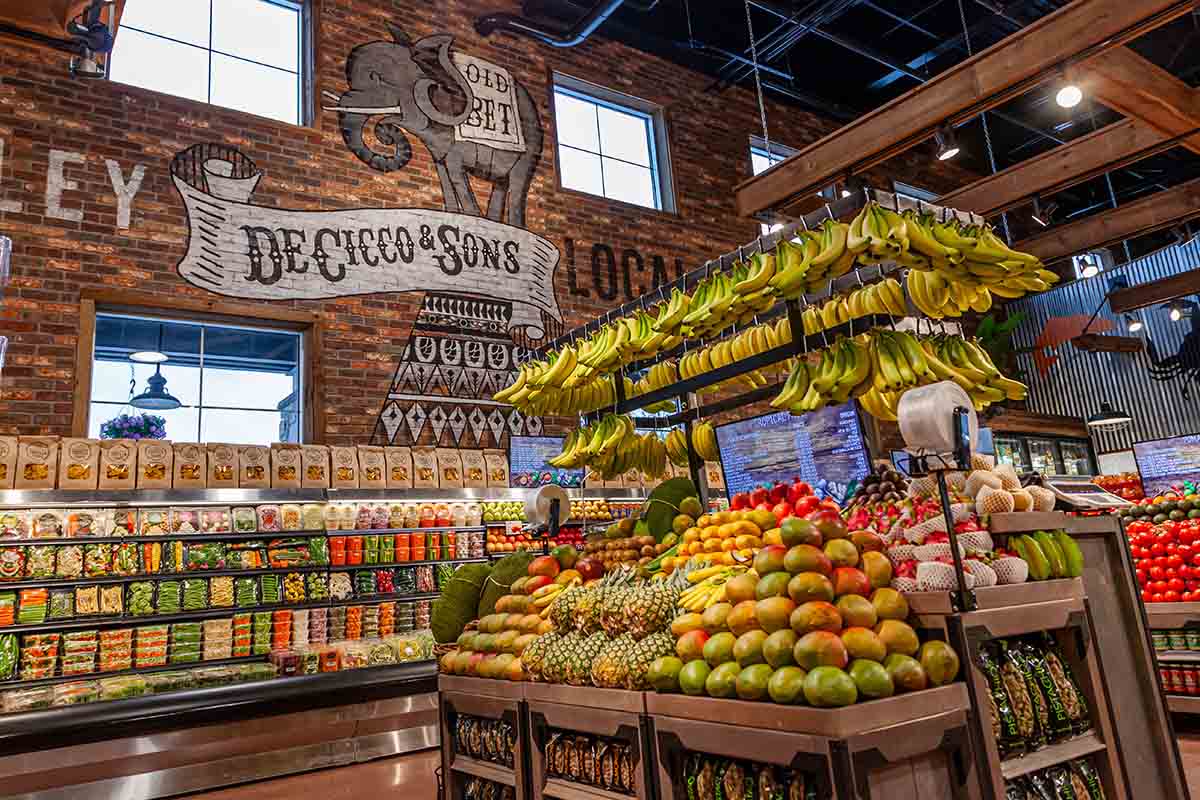The Asturias area in northern Spain started producing blueberries in substantial quantities about 15 years ago, attracted by the good production conditions and the growing worldwide demand for this red fruit. Since then, things have changed considerably, due to the emergence of new varieties and cultivation methods that allow development in areas where it previously seemed impossible. Thus, new countries have joined the production and the quality of the fruit has increased. This is a challenge for Asturias, which has to search for its niche market to compete effectively with the rest of the territories. The Regional Agro-Food Research and Development Service of the Principality of Asturias (Serida) has just published a report - signed by Juan Carlos García Rubio, Guillermo García González de Lena and Marta Ciordia - that proposes several measures to improve competitiveness. These include bringing production forward to the summer months.
Under the title 'New Challenges for Blueberry Expansion in Asturias', the report proposes to address four challenges in the face of this new production scenario: re-evaluation of the most attractive harvest dates; varietal replacement; control of climatic risks and improvement of fruit quality; minimisation of the unproductive period and maximisation of productivity.
Harvest calendar
Initially, Asturias mainly produced very late harvest varieties, in September and October, which guaranteed the best prices. However, the blueberries did not stand out for their quality. Nowadays, there are new production areas such as Peru, Argentina, South Africa or Mexico that put better quality fruit on the market on the same dates at very competitive prices.
However, in June and July, there is no supply of blueberries in these latitudes, so "they would represent one of the best production windows for our region," according to the study.

On the other hand, blueberry production in the northern hemisphere in the same months is not high, as both Morocco and Huelva usually end in June. From this date until the end of July, 'this niche market at the beginning of the summer is much less covered, as the main productions come mainly from central-northern Portugal, northern Spain, Croatia, Serbia, Romania and Georgia, the latter mainly concentrated on the Russian market'. Although there are many countries, their production represents a lower supply than the countries further north, such as Poland, Ukraine, Germany and the Netherlands, which concentrate their harvest from mid-July to September.
This therefore favours the best market prices from the end of May to the end of July. And to the advantageous economic aspect is added that, during these months, the economic investment can be reduced as rain cover is not so indispensable, although I recommend covering some of it. And, on the other hand, Drosophila suzukii, an invasive species that appears from August, does not appear during these months.
Varietal renewal
Many varieties produced in Asturias have production difficulties and poor quality, due to texture or acidity. It is therefore essential to opt for other varieties. Serida believes that there are some with great potential such as those of the Northern Highbush species, 'traditionally better adapted to our type of outdoor cultivation', or Southern Highbush, with better quality but more suitable for protected cultivation.
The climate and quality challenage
According to Serida's technicians, it is necessary to take into account the climatic peculiarities of Asturias, with high relative humidity during spring-summer and frequent rainfall during harvesting, which make the logistics of outdoor cultivation difficult. Added to this adverse climatology, which causes serious problems by negatively affecting the production and organoleptic quality of the fruit, is the presence of D. Suzukii, which, approximately from mid-summer onwards, also negatively affects the success of cultivation. Therefore, there is a clear need to look for solutions that help minimise economic losses.
Serida has been advising farmers for years to cover crops with light, umbrella-like structures, mainly during the harvesting period, to reduce weather risks and address the problem of D. Suzukii.
 Varietà Camelia, coltivata in substrato e sotto un mini-tunnel, l'anno successivo all'impianto.
Varietà Camelia, coltivata in substrato e sotto un mini-tunnel, l'anno successivo all'impianto.
An example of the effectiveness of these measures were the campaigns of 2017 and 2018, with continuous heavy rains, very low temperatures and very few sunny days throughout the spring-summer, in which the few producers who had cover crops on their farms managed to save their harvest. The others lost almost all of their production to pests and diseases, and that which was preserved was of very low quality.
Another important issue is that the covers would allow the cultivation of other varieties in Asturias that are earlier in flowering or have a lower tolerance to cold, which have higher productivity and better fruit quality: larger size, better texture and more.
Source: Serida










